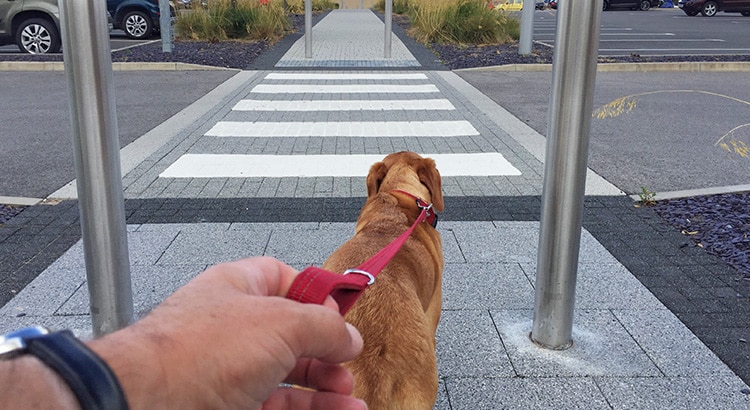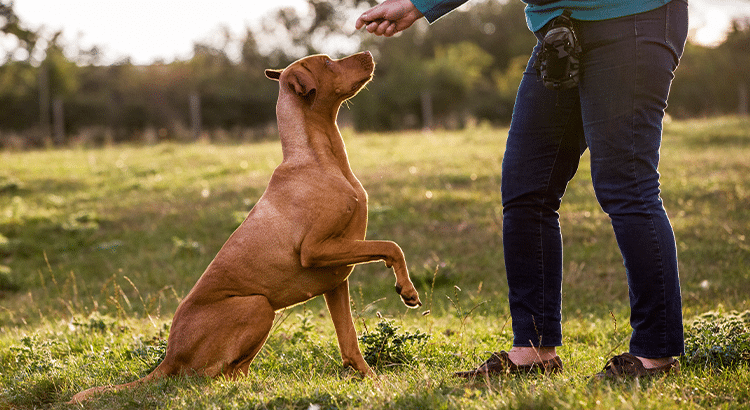
Separation anxiety in dogs is a common behavioral issue that can affect your four-legged companion’s well-being and creates stress for both you and your pet. In this article, we’ll explore the causes, symptoms, and various treatment strategies to address separation anxiety in dogs. By understanding this condition better, you can provide the support and care your canine friend needs to lead a happier, more relaxed life.
1. Causes of Separation Anxiety
Separation anxiety in dogs can develop for various reasons. These include early life experiences, a sudden change in routine, or lack of proper socialization. It can also be triggered by the dog’s strong attachment to its owner. Understanding the underlying causes is crucial to addressing this issue effectively.
2. Recognizing the Symptoms
Identifying separation anxiety in your dog is vital. Common signs include excessive barking, destructive behavior, house soiling, and frantic attempts to escape when left alone. Understanding these symptoms can help you differentiate between separation anxiety and other behavioral problems.
3. Treating Separation Anxiety
Fortunately, there are several strategies to help dogs overcome separation anxiety. These may include behavior modification techniques, desensitization, and counterconditioning. In some cases, medication prescribed by a veterinarian may be necessary. It’s essential to work closely with a professional to develop a tailored treatment plan that suits your dog’s specific needs.
4. Training and Behavior Modification
Positive reinforcement training can play a crucial role in managing separation anxiety. Gradual exposure to short periods of alone time, rewarding calm behavior, and creating a safe and comfortable environment are some effective strategies. Consistency and persistence are key when implementing these techniques.
5. Medication Options
For severe cases of separation anxiety, medication prescribed by a veterinarian may be recommended. These medications can help reduce anxiety levels and make behavioral training more effective. However, they should always be used in conjunction with a behavior modification plan and under the supervision of a professional.
6. Creating a Dog-Friendly Environment
Making your home a more comforting place for your dog can also aid in managing separation anxiety. Provide engaging toys, a designated safe space, and establish a routine to create a sense of security for your pet.
Separation anxiety in dogs is a challenging condition, but with the right approach, it can be managed effectively. By identifying the causes, recognizing the symptoms, and implementing appropriate treatment strategies, you can help your furry friend overcome their anxiety and lead a happier, more balanced life.
While separation anxiety in dogs can be distressing for both the pet and the owner, with understanding, patience, and the right treatment approach, it is possible to alleviate this condition. Remember that every dog is unique, and what works best for one may not be suitable for another. Seeking professional guidance is often the most effective way to help your beloved canine companion overcome separation anxiety and thrive.
Our Pin Paws Plus and Pin Paws Pet Care members have access to discounted pet training materials to help with separation anxiety in dogs. Contact us today for more information at (844)746-7297.
 Thanksgiving Paw-liday Update: Our phone support pack is smaller this week. For the quickest help, please send us a message at
Thanksgiving Paw-liday Update: Our phone support pack is smaller this week. For the quickest help, please send us a message at 


